Balboa Park: Panama-California Sculpture Court
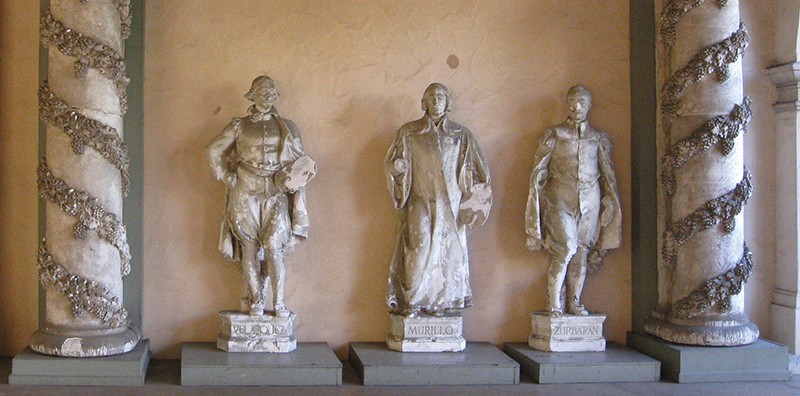
Panama-California Sculpture Court
Few visitors to Balboa Park can tell you where the Sculpture Court is situated. The Sculpture Garden? No, the Sculpture Court. A hint: it’s at the east end. People walk near but seldom notice it, and most are unaware of its significance. The court is in a kind of secret spot that shelters original sculptures and decorative objects saved from the 1915-16 Panama-California Exposition. These treasured artifacts are hidden in the Casa del Prado courtyard, but it wasn’t always that way.
Most of the currently displayed sculptures and decorations were created for the “temporary” 1915 Varied Industries and Food Products Building, which became Casa del Prado following the 1971 reconstruction guided by the Committee of One Hundred.

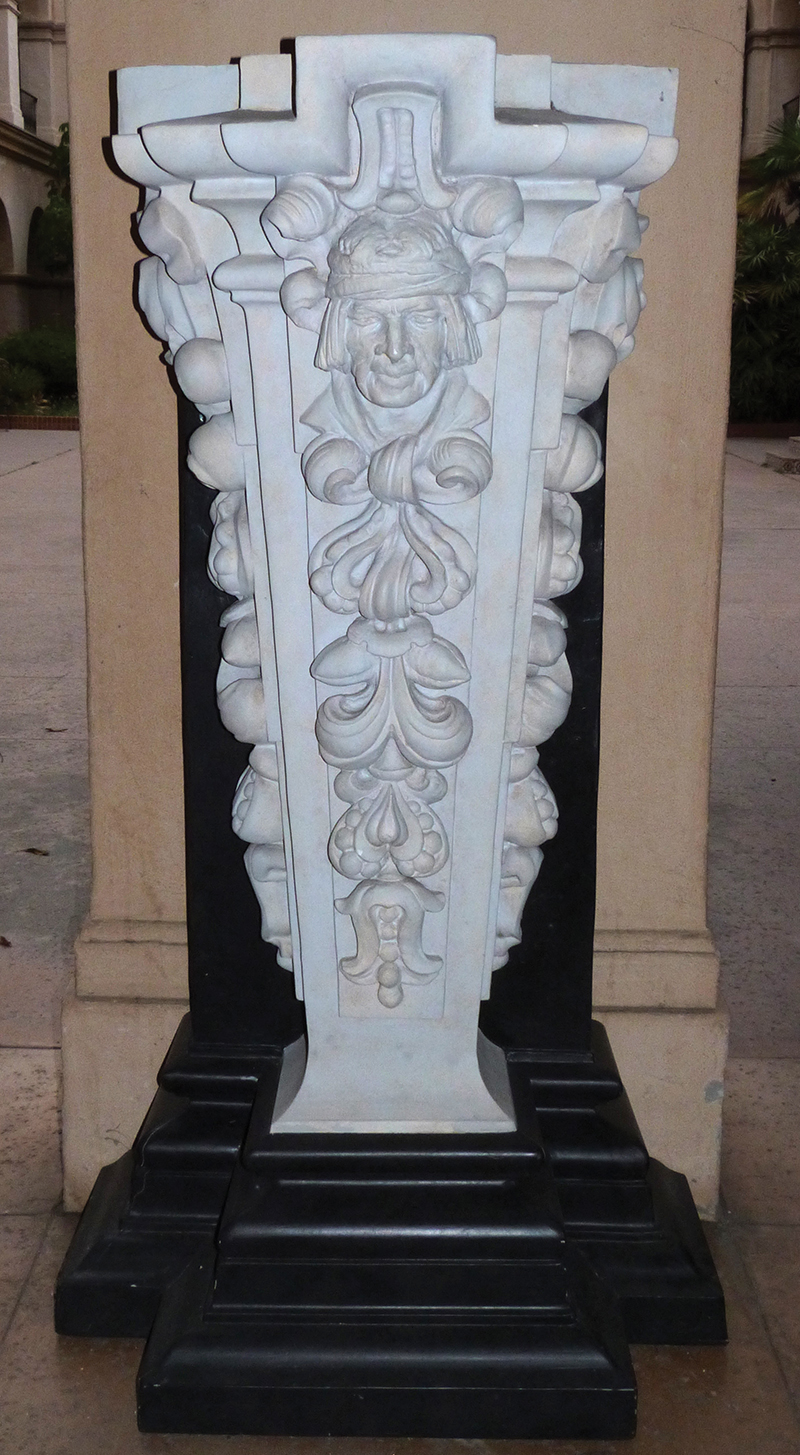
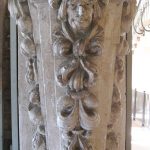
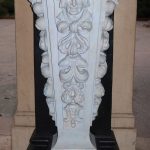
At the 1915-16 fair, ornate embellishments topped temporary buildings, and the Varied Industries and Food Products Building (Casa del Prado) was a prime example. Many of the 20 pieces, 15 “staff plaster” items (composed of gypsum plaster and hide glue reinforced by coir fiber) from the original building and two concrete pieces not used on the new building, were designed by Carleton Winslow. Subsequently added to those were three original models of Spanish painters Velazquez, Murillo, and Zurbaran, all designed for the Fine Arts Gallery facade. The Fine Arts Gallery, designed by William Templeton Johnson, later became known as the San Diego Museum of Art. All three models were produced by New York sculptor Furio Piccirilli.

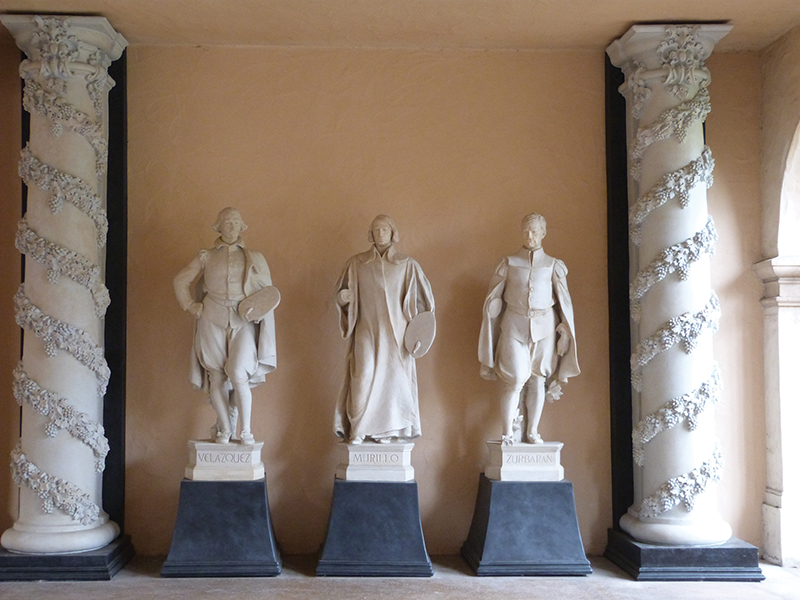
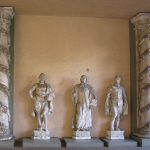
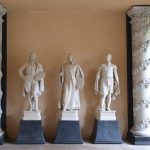
The Templeton Johnson Fine Arts Gallery was opened in 1926, well after the close of the Panama-California Exposition, and should not be confused with the 1915 Fine Art Gallery at the southern end of the California Quadrangle (described in the second part of this series). Johnson’s 1926 arts building exhibited elaborate decoration, carefully consistent with 1915 fair structures. As the San Diego Museum of Art, it remains a popular destination for locals and tourists.
Time was not kind to the neglected objects. When the newly formed committee undertook the Varied Industries Building restoration, decorative motifs and sculptures were stored. To their great credit, the Committee of One Hundred and the City of San Diego rescued the stored artifacts in 1974/75 when they prevented their destruction. The artifacts were saved, but not restored. So, there the sculptures sat (or stood) in sorry states of disrepair until recently when the Committee of Hundred undertook the signature project of cleaning, restoring, displaying, and graphically interpreting them. The results are stunning. Efficient LED spot lighting of the sculptures adds a nighttime dimension to the project, using a total of 160 watts.

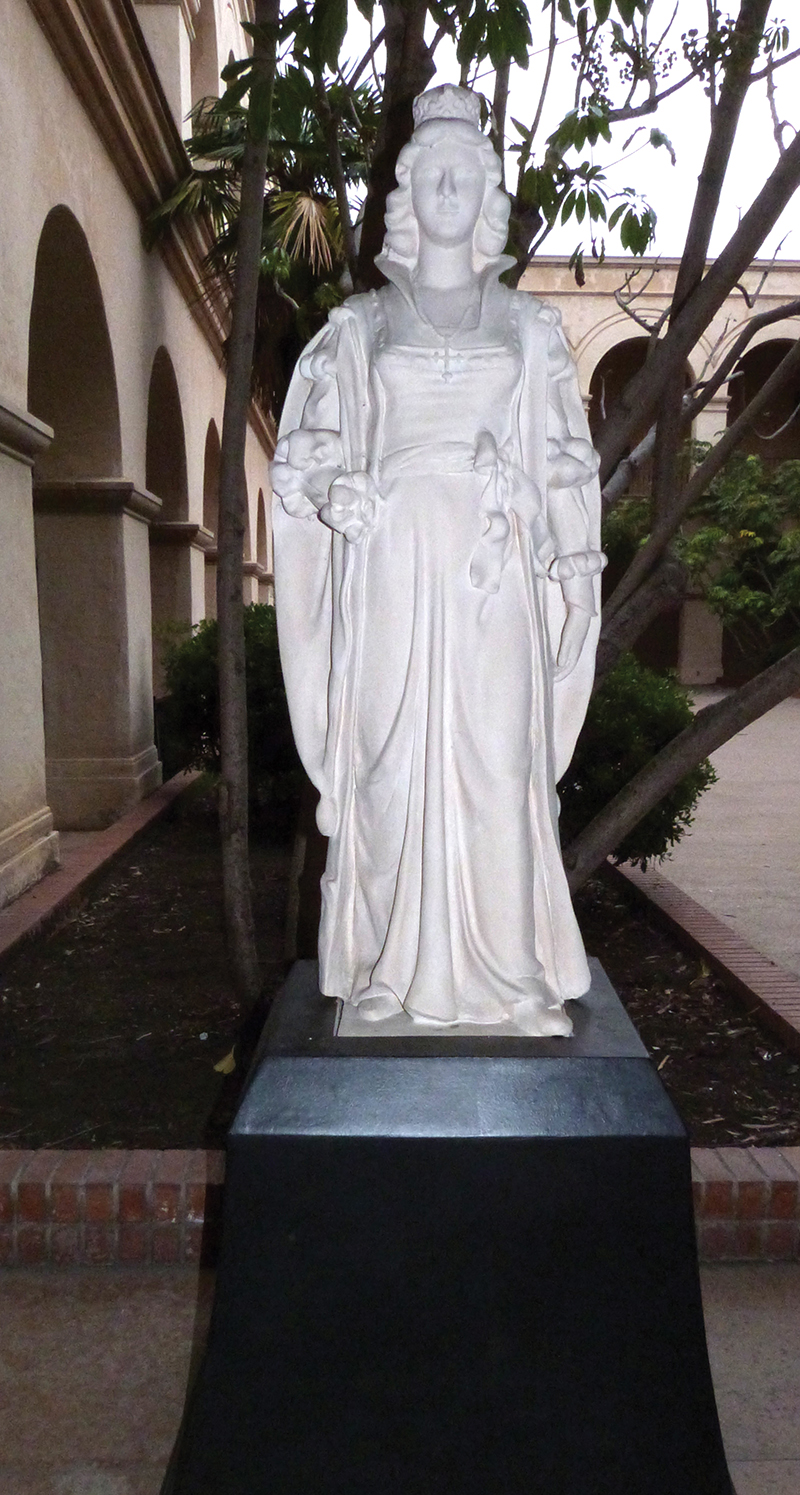
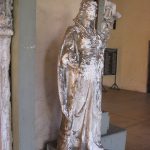
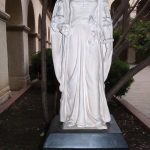
Casa del Prado is now the home to such organizations as Junior Theatre, the Youth Symphony, the Civic Ballet, the Floral Society, Native Plant Society, and the Botanical Foundation. In a quiet corner of the courtyard, adjacent to bustling activity, is an elegant repository of San Diego history where majestic figures and dramatic decorations dominate the scene. It is the Sculpture Court. If you go there, you will experience the past. DARLENE G. DAVIES
» Only five buildings, including the California Building, were designed to be permanent structures at the Panama-California Exposition. The other four were Fine Arts at the south end of the California Quadrangle, the Botanical Buildings, and the Organ Pavilion. An extensive effort to heavily decorate buildings, including the many temporary ones, reflected the fair planners’ desire to create a lavish Spanish Revival facade for visitors. DARLENE G. DAVIES

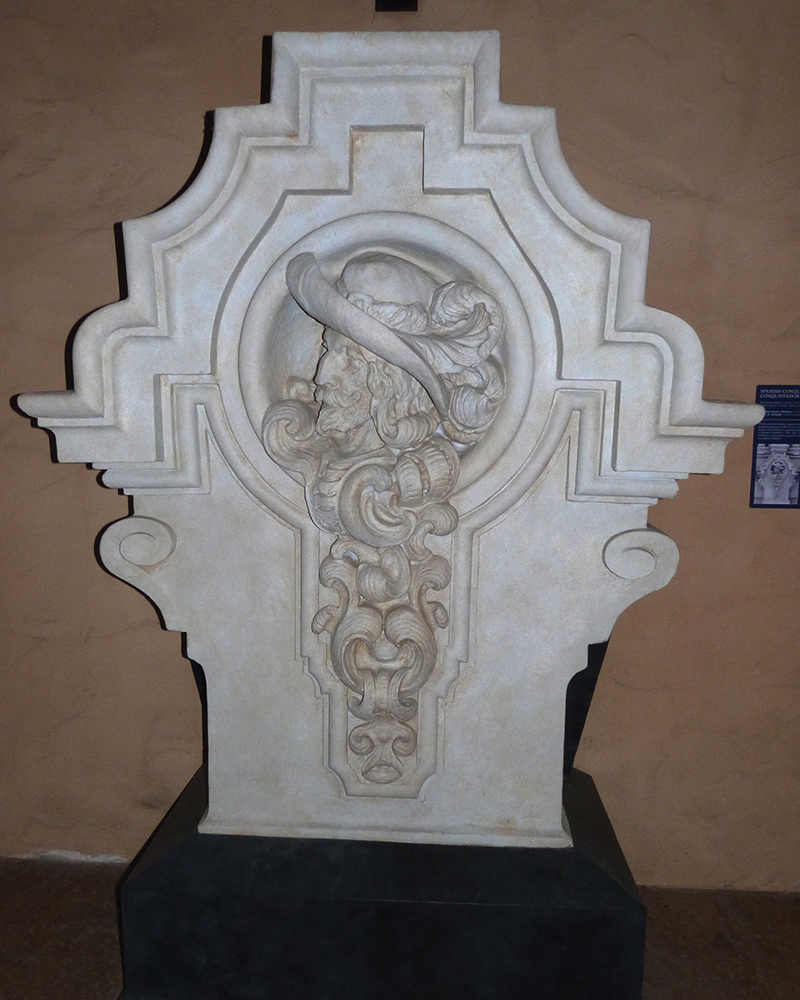
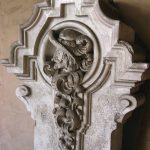
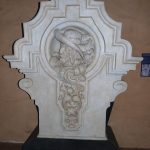
» Names of Exposition buildings seemed to constantly change, even from one year to the next. That proved to be confusing to park visitors and remains challenging to historians and guides. DARLENE G. DAVIES
Photos Courtesy of Panama-California Exposition Digital Archive
Directory
The Great Panama-California Exposition
1915 Panama-California Exposition
Spreckels Outdoor Organ Pavilion
Gardens of the Panama-California Exposition
Legacy of the Foreign Arts Building
Commerce and Industries Building
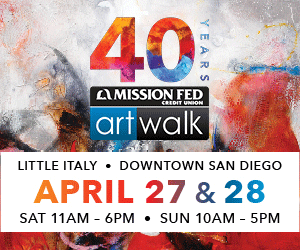
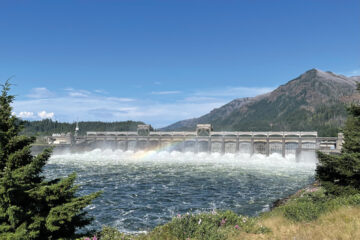
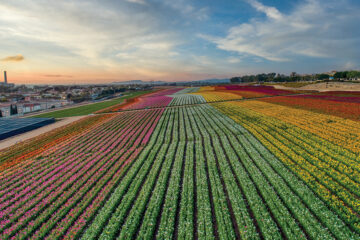
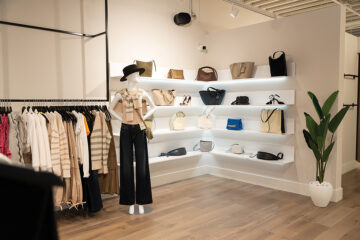
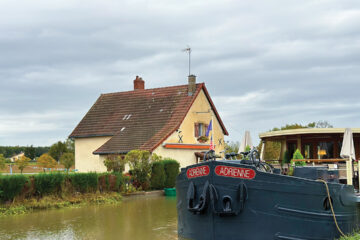
Comments